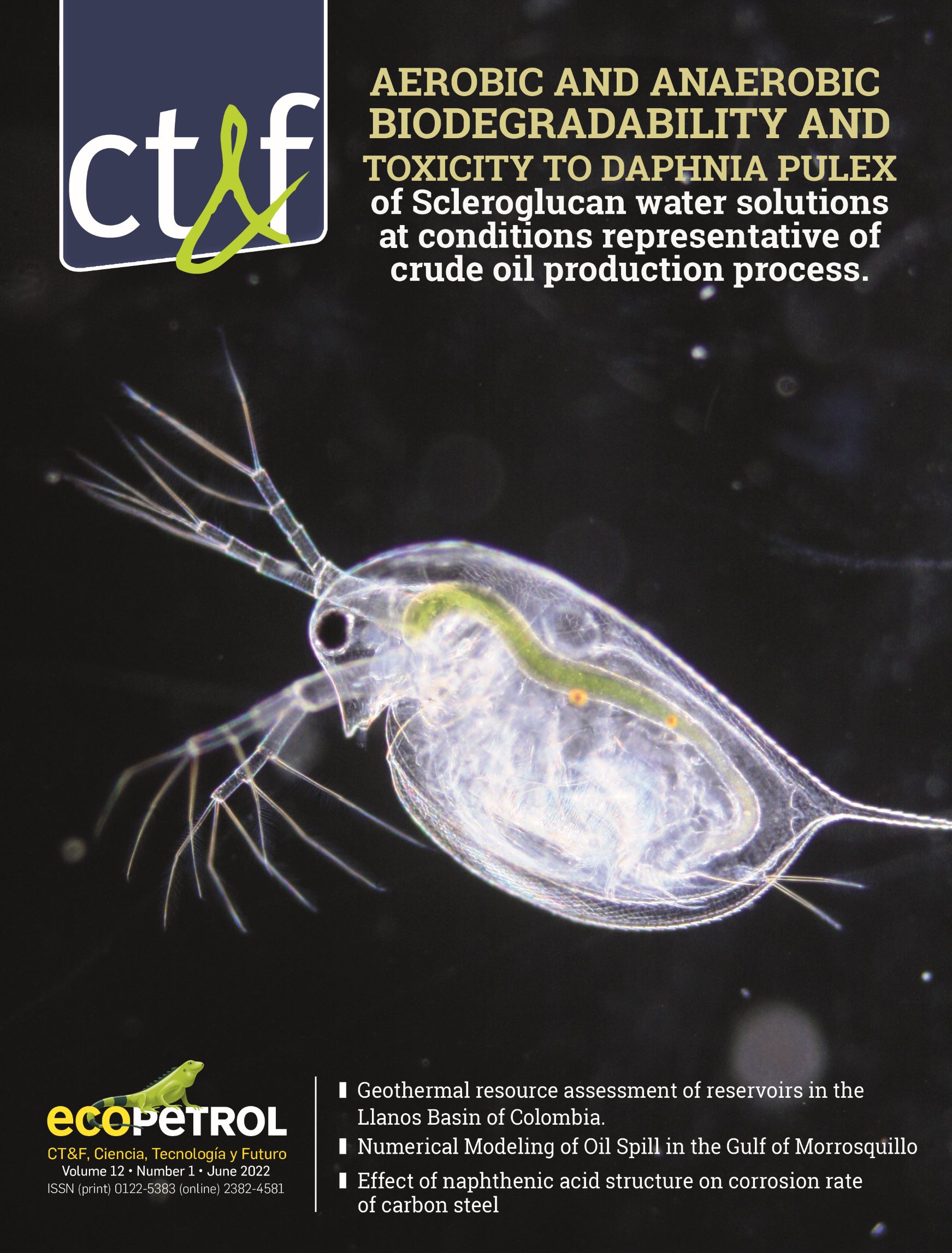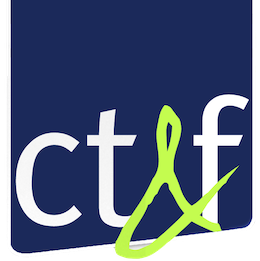Caracterización de una antena blindada de radar de penetración terrestre utilizando mediciones de laboratorio, modelado FDTD y optimización global de enjambre
Resumen
La inversión de forma de onda completa (FWI) es un método de optimización que permite obtener imágenes de alta calidad de las propiedades electromagnéticas internas del suelo, como la permitividad, permeabilidad o conductividad. La FWI requiere una imagen inicial del subsuelo (punto de partida), una ecuación de onda para modelar la propagación de las ondas, una función de costo y la ondícula fuente utilizada en la adquisición de los datos. Por lo general, la ondícula de la fuente se estima a partir de los datos adquiridos o se modela a partir de las características de la antena. En este estudio, se estiman los materiales de una antena blindada de radar de penetración terrestre (GPR) comercial, desarrollado por GSSI, utilizando un método de optimización global. La fuente estimada se utiliza para modelar la propagación de las ondas electromagnéticas y para estimar los parámetros electromagnéticos del modelo SEAM a través de la FWI. Los resultados experimentales muestran que la inversión que incluye la fuente estimada y el patrón de radiación produce imágenes de mejor calidad que la inversión que ignora el patrón de radiación. De hecho, el impacto de usar la fuente correcta durante la inversión es más evidente cuando el modelo inicial está lejos de la solución correcta.
Referencias bibliográficas
Daniels, D. J. (2004). Ground penetrating radar. 2nd ed. London, United Kingdom: The institution of Electrical Engineers. doi: https://doi.org/10.1049/PBRA015E
Lavoué, F., R. Brossier, L. Métivier, S. Garambois, and J. Virieux. (2014). Two-dimensional permittivity and conductivity imaging by full waveform inversion of multioffset GPR data: A frequency-domain quasi-Newton approach, Geophys. J. Int., 197(1), 248–268. doi: https://doi.org/10.1093/gji/ggt528
Diamanti, N. and A. P. Annan. (2013). Characterizing the energy distribution around GPR antennas, J. Appl. Geophys., 99, 83–90. doi: https://doi.org/10.1016/j.jappgeo.2013.08.001
Plessix, R. E. (2006). A review of the adjoint-state method for computing the gradient of a functional with geophysical applications, Geophys. J. Int., 167(2), 495–503. doi: https://doi.org/10.1111/j.1365-246X.2006.02978.x
Golub, G. and V. Pereyra. (2003). Separable nonlinear least squares: The variable projection method and its applications, Inverse Probl., 19(2). doi: https://doi.org/10.1088/0266-5611/19/2/201
Fang, Z., R. Wang, and F. J. Herrmann. (2018). Source estimation for wavefield-reconstruction inversion, Geophysics, 83(4), R345–R359. doi: https://doi.org/10.1190/geo2017-0700.1
Liu, J., A. Abubakar, T. M. Habashy, D. Alumbaugh, E. Nichols, and G. Gao. (2018). Nonlinear inversion approaches for cross-well electromagnetic data collected in cased-wells, 78th Soc. Explor. Geophys. Int. Expo. Annu. Meet. SEG 2008, 1, 304–308. doi: https://doi.org/10.1190/1.3054810
Zhang, P., R. Gao, L. Han, and Z. Lu. (2021). Refraction waves full waveform inversion of deep reflection seismic profiles in the central part of Lhasa Terrane, Tectonophysics, 803(September 2020), 228761. doi: https://doi.org/10.1016/j.tecto.2021.228761
Ernst, J. R., A. G. Green, H. Maurer, and K. Holliger. (2007). Application of a new 2D time-domain full-waveform inversion scheme to crosshole radar data, Geophysics, 72(5). doi: https://doi.org/10.1190/1.2761848
Russell, E. and S. Yuhui. (2001). Particle swarm optimization: Developments, applications and resources., Inst. Electr. Electron. Eng., 1, 81–86. doi: http://dx.doi.org/10.1109/CEC.2001.934374
Regone, C., J. Stefani, P. Wang, C. Gerea, G. Gonzalez, and M. Oristaglio. (2017). Geologic model building in SEAM Phase II-Land seismic challenges, Lead. Edge, 36(9), 738–749. doi: https://doi.org/10.1190/tle36090738.1
Jol, H. M. (2009). Ground penetrating radar: theory and applications, 1st ed. Amsterdam, The Netherlands: Elsevier B.V. doi: https://doi.org/10.1016/B978-0-444-53348-7.00017-X
Stadler, S. and J. Igel. (2018). A numerical study on using guided GPR waves along metallic cylinders in boreholes for permittivity sounding, 2018 17th Int. Conf. Gr. Penetrating Radar, GPR 2018. doi: https://doi.org/10.1109/ICGPR.2018.8441666
Warren, C., A. Giannopoulos, and I. Giannakis. (2016). gprmax: Open source software to simulate electromagnetic wave propagation for ground penetrating radar, Comput. Phys. Commun., 209, 163–170. doi: https://doi.org/10.1016/j.cpc.2016.08.020
Taflove, A. and S. C. Hagness. (2005). Computational electrodynamics: the finite-difference time-domain method, 3rd ed. London, United Kingdom: Artech house, INC. doi: https://doi.org/10.1002/0471654507.eme123
Canavos, G., P. Meyer, S. Murray, and M. Scheaffer. (1988). Probability and statistics: applications and methods, 1st ed.28. Naucalpan de Juárez, México: McGraw-Hill. ISBN: 968-451-856-0
Sen, M. and P. Stoffa. (2013). Global optimization methods in geophysical inversion, 2nd ed. New York, United States: cambridge university press. doi: https://doi.org/10.1017/CBO9780511997570
Press, W., S. Teukolsky, and W. Vetterling. (1997). Numerical recipes in C: the art of scientific computing, 2nd ed. New York, United States: cambridge university press.
Virieux, J. and S. Operto. (2009). An overview of full-waveform inversion in exploration geophysics, Geophysics, 74, 1–26. doi: https://doi.org/10.1190/1.3238367
Goldstein, A. (1965). On newton’s method, Numer. Math., 7, 391–393. doi: https://doi.org/10.1007/BF01436251
Yong, M. (2012). Waveform-based velocity estimation from reflection seismic data, Ph.D. thesis, Dept. Geophysics, Colorado School of Mines, United States.
Descargas
Derechos de autor 2022 CT&F - Ciencia, Tecnología y Futuro

Esta obra está bajo una licencia internacional Creative Commons Atribución-NoComercial-CompartirIgual 4.0.

| Estadísticas de artículo | |
|---|---|
| Vistas de resúmenes | |
| Vistas de PDF | |
| Descargas de PDF | |
| Vistas de HTML | |
| Otras vistas | |
Datos de los fondos
-
Army Research Laboratory
Números de la subvención W911NF-17-1-0530











